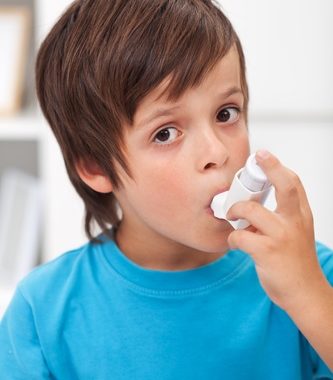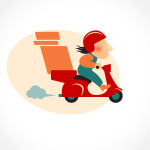Action Plan for Treating Asthma in Children
Asthma is a long-term disease in which the airways become inflamed causing trouble in breathing, tightness of chest and recurrent periods of coughs. About seven million of the children in the USA are suffering from asthma. Even though asthma is an incurable disease, it is controllable through proper treatment. If the disease is not treated within due time, then it could even turn deadly.
Action Plan for Treating Asthma
Following are the steps that should be followed for treating asthma in children:
- Spotting the Triggering Factors
Triggering factors make the asthma symptoms resurface. The primary step is to spot the factors which trigger the symptoms. There are different sets of triggers in children which change with the seasons or as the child grows older. Some of the most common triggers are tobacco smoke, strong odors, pollen, dust, bugs and mites, pollution, pet dander, exercise, viral infections and inhaling cold air. Identification of factors is time-consuming so you must record all the symptoms in a journal mentioning the possible reason that caused these symptoms along with the frequency and duration.
- Controlling the Triggering Factors
After determining a pattern, it is possible to curb some of the triggers by taking environmental control measures. The doctor will help you out in determining the steps to reduce the impact of the allergens. Inform your child’s teachers and babysitters about the condition of your child and the action plan. Some of the controlling measures you can take are:
- Using polyester pillows and comforters and buying mite-proof covers
- Weekly washing the blankets and covers in warm water
- Using curtains and avoiding carpeting the floor which collects dust and mites
- Using air-conditioners to filter out pollens and prevent the growth of molds in the house
- Not smoking in the house in the presence or even in the absence of the allergic child.
- Prevention and Control of Asthma Flare-ups
Sometimes even if the child does not display normal signs of twitchiness due to increased inflammation of the airways, a flare-up may be imminent. Breathing tests assess the condition of the child and evaluate the risk of an asthma attack or flare-up. There may be some warning signs like coughing and wheezing which appear a day or two before the actual attack. These signs and tests indicate that a change in medication plan is required in order to prevent the flare-up. If you control the triggers, then the frequency of flare-ups will automatically decrease. In case of a flare-up, the doctor will prescribe another plan.
- Taking the Prescribed Medication
Determining a proper medication plan requires some time because not all combinations of medicines work equally effectively with all types of asthma. So the treatment through medication will comprise of trial medications which would eventually determine the combination of drugs that work well for the child. Two types of medication are given to the child:
- Quick Relief Medicines
- Preventive Drugs







